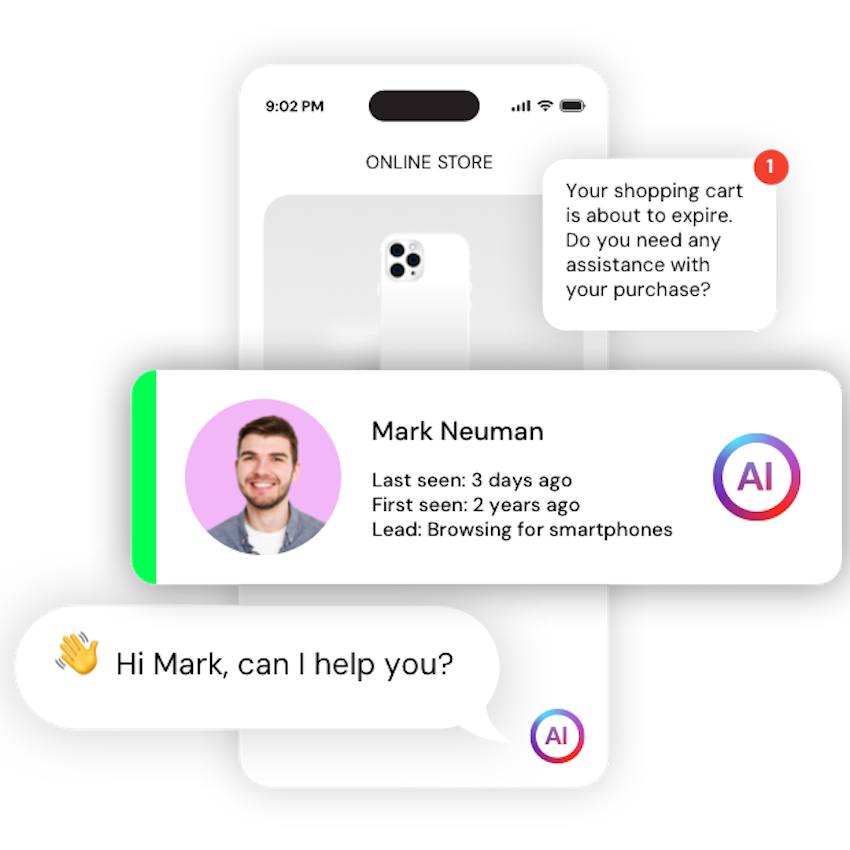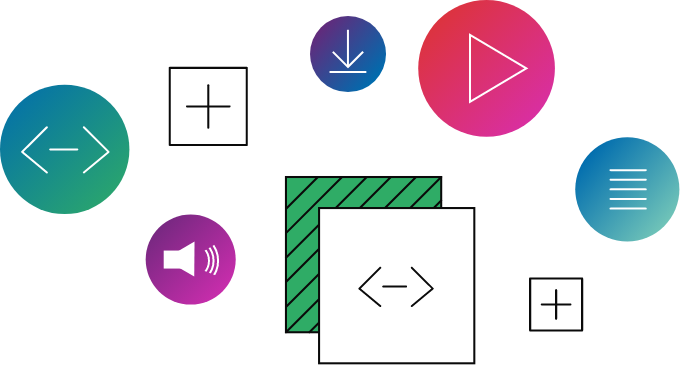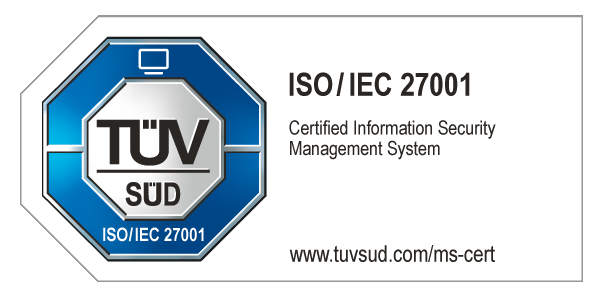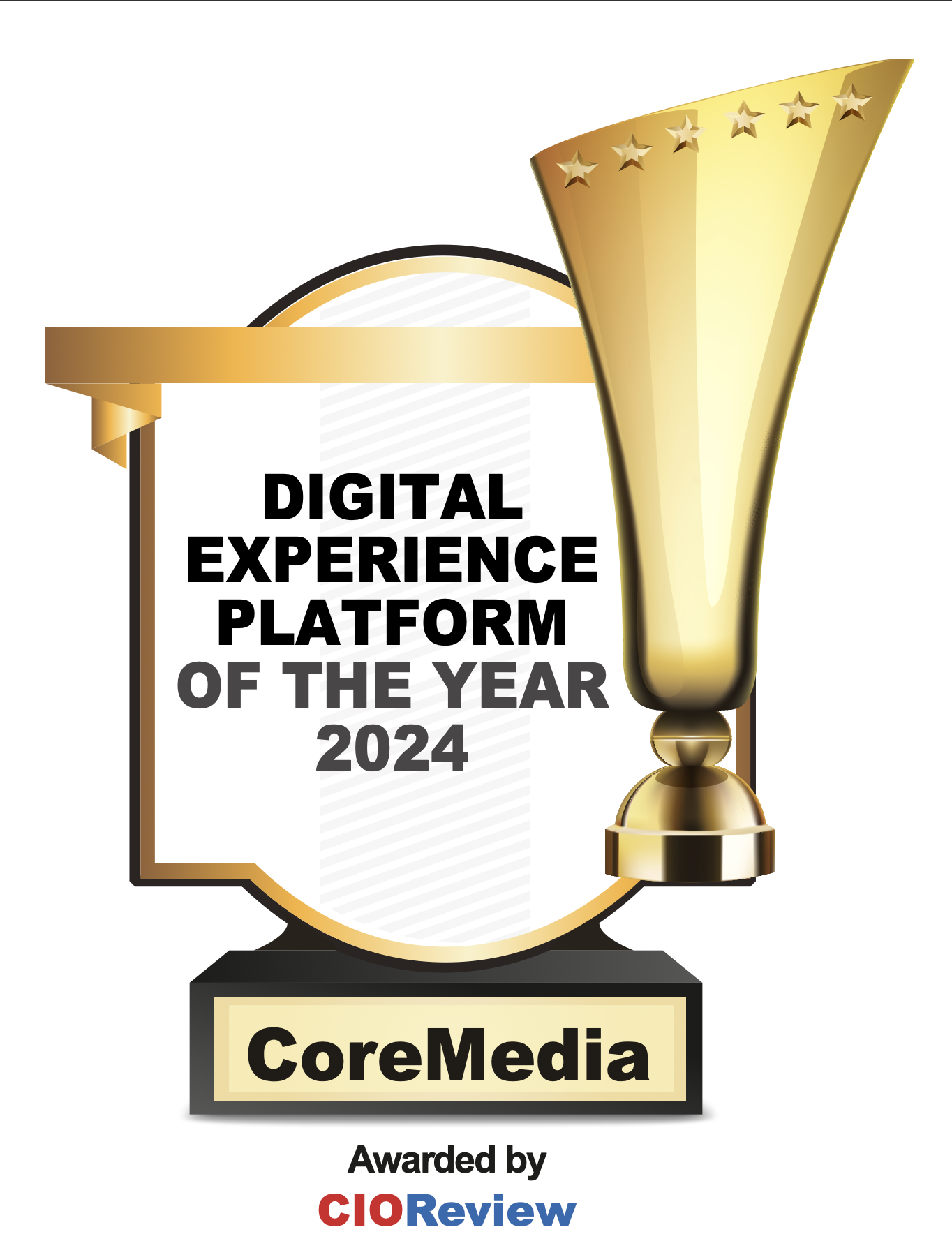Consumers no longer Google “best laptops 2025” and click through links. They ask: “What’s the best laptop for video editing under €2,000?”. Tools like ChatGPT, Perplexity, and Gemini respond instantly, without sending users to a website. If your content isn’t the answer, your brand becomes invisible.
Welcome to Generative Engine Optimization (GEO): the new playbook for making sure your content gets discovered, cited, and trusted by AI.
From search rankings to instant answers
For decades, SEO focused on optimizing keywords, backlinks, and click-through rates to drive traffic to a website. But now, the interface has changed: people don’t search, they ask. And LLMs don’t just fetch pages, they synthesize and personalize information from across trusted sources.
Here’s how the game has changed:
People don’t search, they ask
Search queries are longer and more natural, now averaging 23 words, not 4.
AI synthesizes and personalizes
LLMs don’t fetch links, they merge insights from multiple sources into tailored responses.
Visibility means being cited, not just ranked
Structured, clear content is more likely to be quoted directly.
Discovery happens off your site
AI chat interfaces are the new front door to product discovery.
Today, it’s not enough to optimize for users and search engines; your content must also be structured for AI models that retrieve and generate answers.
5 tactics for effective Generative Engine Optimization
You can’t control exactly what AI will say about your brand, but you can make it easier for AI to find, understand, and use your content.
These five tactics will help ensure your content is optimized for AI search:
1. Create AI-ready, modular content
LLMs don't scan entire pages, but extract meaning from well-structured parts:
Use semantic HTML tags like <h1>–<h3>, <ul>/<ol>, and <strong> for emphasis.
Break content into chunks using formats like FAQs, tables, and lists.
Apply schema.org markup (FAQPage, Article, HowTo, etc.) and ensure your content is well-structured in raw HTML — not hidden behind JavaScript.
Write embedding-friendly blocks that clearly convey one idea per paragraph.
Repeat key information naturally with varied phrasing to match different search queries.
CoreMedia’s Experience Platform structures your content into reusable, semantic blocks by default, making it easier for LLMs to parse and cite. With integrated schema markup and AI-supported authoring, every piece of content is GEO-ready out of the box.
2. Prioritize clarity and directness
AI retrieves what it understands best:
Ditch jargon and vague language, write the way your audience speaks.
Use short, confident sentences and unambiguous language.
Spell out full terms (e.g., “CoreMedia Experience Platform” instead of “our platform”) to support AI interpretation.
Keep content fresh and time-stamped, generative engines favor recency.
With CoreMedia KIO, your built-in AI copilot fine-tunes tone, clarity, and structure for LLM readability, while giving humans final control. Authoring tools also highlight stale content and make updates seamless.
3. Build credibility with trust signals
Traditional SEO principles (E-E-A-T: Experience, Expertise, Authoritativeness, Trustworthiness) also shapes how AI evaluates content:
Include bylines, author bios, citations, and dates.
Use internal linking and glossaries to map related topics.
Strengthen author profiles across platforms like LinkedIn, GitHub — and use structured metadata to highlight credentials.
Publish on reputable domains and get cited on trusted sites.
Encourage expert comments and Q&As as LLMs value active engagement.
CoreMedia enables consistent author attribution, structured metadata, and supports metadata-rich assets. You can easily build internal link structures and reuse content across channels — all from one platform.
4. Speak your customer’s conversational language
Today’s search is conversational and personalized. Match it:
Base content on actual user questions from reviews, chat logs, internal search, and FAQs.
Address various question types: “what,” “why,” “how,” “vs.,” and “when.”
Highlight key takeaways near relevant claims for AI to confidently quote.
With smart prompts and AI-enhanced authoring, CoreMedia helps you create content that mirrors how people ask. Quickly generate structured snippets tailored to common user questions without manual work.
5. Optimize for multi-platform discovery
AI search happens everywhere, so you should be too:
Centralize your content in one CMS to maintain consistent messaging across search, chatbots, social, voice, and ecommerce.
Create supporting assets like glossaries, explainers, and product comparisons to build contextual depth.
Actively test your visibility on various AI tools like Perplexity, Gemini, CoPilot, and ChatGPT — then refine based on what works.
CoreMedia’s centralized, composable architecture ensures content stays consistent across every channel and interface. Easily adapt to new formats or platforms — without re-platforming — and manage all content from one place.
With CoreMedia, your content doesn’t just show up. It stands out: structured, quotable, and trusted by AI.










